"Better than Christmas and new year's eve"
I don’t know how or why I decided to run the London Marathon. I think I had just started out on the treadmill and I managed to run 5km. I was feeling quite proud of myself. That was about two years ago. Ten months later, I was on holiday for a couple of weeks and I decided to run as far as I could go. I managed 13.1 km. I felt like I was king of the world. I don’t need to recount how I could barely walk for two days afterwards. Those pains are lost to history. In a moment of inspiration, I signed up for the London Landmark Half Marathon (Spring 2020) and the New York City Marathon (November 2020). I decided to run for charity in each event (as I missed the ballot draw).
Then something went wrong with my legs. I started seizing up. I couldn’t walk the next day. I could barely walk up the stairs—and going downstairs was almost as difficult. I blamed it on my commute to London and back. Sitting in the car for extended periods of time caused my muscles to tighten up (so I would tell myself) and this was the cause of my discomfort.
Then it got worse. It may not have helped that I was a maniac on the trampoline with my grandchildren (who goaded me on to jump ever higher amidst their shrieks of delight). I am sure that I hyperextended my knee a few times. Instead of reining myself in, I started to get deep tissue/sports massages as well as visiting the physio about something that wasn’t quite right in my back. I even discovered the joys of acupuncture.
The pandemic hit and everything was closed down. I was no longer able to go to the gym so I finally started running on the road. It was VERY different from a treadmill. I was slower and the physicality of it was much greater. I decided to simply run 10 km per day and push myself as much as possible. I was hoping that I could get up to 20km per day. (At this point, I didn’t think that resting was a good idea.)
I received a book on training by Runners World (Big Book of Marathon and Half Marathon Training) for my birthday. I read it cover to cover and realised that I was doing a lot of things wrong (according to Runners World). But I figured that they didn’t know everything and I had figured out a perfect training programme for myself. I continued to push myself. I got up to 28 km for my long runs and kept my other runs at 10-15km. When I finished my run, I would hop on the stationary bike and go for an hour or so. That, plus my push ups and sit ups and I figured that I was good to go.
But I was doing everything wrong. I beat myself up to the point where I started slowing down. Things became more painful. I got weaker instead of stronger—despite a host of supplements that I would ingest (all vitamins, nothing racy). I drank a lot of water and tried to get as much sleep as possible—but I rarely got more than five hours.
The only good news of 2020 (for me and my marathon aspirations) was that all sporting events got cancelled. I got the rescheduling dates in my diary and prepared for 2021. I also booked my place in the London Marathon 2021. (The idea that running two marathons in one year may have been a bad idea didn’t even cross my mind.)
Fast forward to spring 2021, and I had taken myself out of action for a few months to deal with the exhaustion that I had submitted myself to. I also had to deal with my lack of sleep. The London Landmarks Half Marathon was cancelled in 2020 and was delayed in 2021 due to the pandemic. Luckily, the marathon was also delayed to 3 October 2021. As it happened, I was unable to get out of bed for a few weeks in spring 2021. I had injured myself badly and my body was in dire need of sleep. I was only able to start running again in May. On my first day out, I couldn’t run 5km. I felt that I was back to square one. I felt like quitting.
Luckily, I didn’t quit. I followed Runners World’s suggested training schedule for the half marathon (rescheduled to 1 August 2021). You can read what happened on my blog (www.barondeschauer.com/Barons-Blog dated 5 August 2021). Needless to say, I still managed to do some things poorly and I vowed that I would learn in time for the marathon. The two things I learned from the half marathon was (1) learn how not to become dehydrated; (2) don’t eat a shawarma from an unknown vendor the night before a long run.
The thing I learned from my insane pre-Runners World regime was to rest. I now value the time for the body to heal itself. Real sleep is important.
I survived the half marathon. I now had eight weeks to train for the marathon. I had never run more than 28 km in my life. I had eight weeks to train for 42.2 km. I overcame my doubts and stuck to the Runners world schedule. The hardest part was the taper—where you reduce your training by 40-60% in the two-three weeks prior to the marathon. I had to remind myself that I didn’t know what the heck I was doing and to trust the experts.
The three days before a marathon, you are supposed to ‘load up’ on carbohydrates. This means a lot of pasta and things like that. I did it with great relish. I love pasta and I generally don’t worry too much about what I eat (although I had to stop the double sausage egg McMuffins after the half marathon). The day before the big day, I made my way to London and decided to have a Costco jacket potato. For anyone who has gone to Costco, you will know that one of these portions is enough for a US Football line backer (or UK Rugby behemoth). I, naturally, order two. I also order my toppings to be tuna (and mayo) and chili. I didn’t think twice. It was what I liked. I demolished it and went on my way, very satisfied. My saving grace was that I ate this at 1pm the day before. The chili decided to remind me of its existence right up until the morning of the big day. Luckily, my supper was pasta and tuna fish (with mayo and sweetcorn). Tasty. Bedtime was delayed because the grandkids wanted to play Uno and show off their new Lego creations. I ended up going to bed by 9pm. I was getting nervous. My heart was beating in my ears and my mind was running the course in anticipation.
I won’t bother you with the details of my Costco consequences. Needless to say, I have now added ‘no chili’ next to my ‘no shawarma’ on the day before a big run.
With regard to dehydration, I read that I should drink 8-16 ounces of water two hours before a race. I drank 1.5 litres of water and 500ml of Lucozade (a sugar sport drink) two and a half hours before the run started. My strategy was to start hydrated and stay hydrated. There were 12 water stations along the route. They handed out 250ml bottles of water. My plan was to drink from every station. I would stop, drink, start running again. I didn’t want to try and drink and run. It provided two benefits. I got a breather. I got water.
I obsessed over whether I should run with a water bladder (a harness with 1.5 litres of water that you can drink from a long plastic tube while you ran; I didn’t) or my phone (I didn’t). I decided to run with a small waist bag that carried some gels. I planned to have one gel every 10km.
I obsessed about the toilet. I didn’t want to use one during the run. They were not pleasant. I carried toilet paper wrapped in plastic just in case alongside my gels. (You don’t want to arrive in an unpleasant toilet to find that there is no toilet paper!) The Costco chili fiasco had not totally subsided but was under control by the time I set off for the course. I left without a phone and with instructions to my wife and family to meet me at a particular spot post-race. They had an app to trace me along the course as I went. Even the act of leaving my phone was liberating. It was wonderful to be without any contact with the outside world for one day (apart from those physically next to you).
That being said, best laid plans do not go to plan. My train was thirty minutes late. Subsequently, I arrived with only thirty minutes to go before the race started. Not a problem apart from the fact that I needed the toilets. Two litres of liquid needed to go somewhere. The queues were enormous. I was eyeing the trees (in Greenwich park, where the race started). I managed to survive and got to the starting post with six minutes to spare. No stretching until then. I did some basic stretches. The music and announcer’s voice was booming over the sound system. Runners were mingling in their tens of thousands. There were waves of people. It was quite a logistical feat by the organisers. All without seeming chaotic. Everything was easy going. I never heard one negative word (apart from the length of the toilet queues) and everyone was getting into the zone for what lay ahead.
I was convinced that my headphones’ batteries wouldn’t last the five hours that I anticipated the run to take, so I waited until I was walking towards the actual start line before I tried to sync up my watch. It failed. I panicked. I tried again. No dice. I held in the button on my headphones and tried to reconnect. I watched the little circular movement on the watch as it thought about it. I looked around and braced myself to run without music. I had never run without music and it concerned me. If there was one thing every writer said, it was not to change anything in the running routine on the day. This was a big change. I looked down and was relieved to see that it said connected. The music started playing. I smiled, donned my earphones and paused the music. I wanted to hear the people and announcer. This was a once-in-a-lifetime moment. I’d never run a marathon for the first time again. I wanted to soak it all up.
On the trains to the starting area, I was struck by how many people were living with pain and the loss of loved ones. We forget about those who struggle with unfair losses. Or those who get fired up and work harder in the face of adversity. Mothers with children and husband. She is running. They are cheering her on. Her charity: cancer, usually. Did she have it? Does she still have it? Did her mother have it? Many ran in memory of loved ones. Fathers, mothers, little baby children. The pictures of babies on the backs of parents as they ran touched me the most. During the race, there were a number of instances where a family member would call out the name of a runner and the runner ran to hug their wife/husband/children. All were in tears. It was incredibly moving. Countless stories of hardship, heartbreak, but also of perseverance, victory, and success. Life goes on. We run. Simple message. Powerful message.
I did not hear one negative comment the entire day. It was better than Christmas or New Year’s Eve. The latter is all about sad movies and those who are missing out on the love and warmth of imagined celebrations. The marathon is beautiful and positive. It is simple in that you need to run 26.2 miles. It is incredibly complex and logistically challenging for the people who make it happen. I have only great things to say about them. And the spectators were like family. I had my name on the front of my vest. They called out my name and urged me on. They called out strangers and cheered for all of us. It was a carnival atmosphere without the darker side. (If there was a darker side, I didn’t see it or experience even a whiff of it.)
One of my most memorable experiences of the day (apart from what happened near the end) was seeing the sea of people before me as far as the eye could take in. Bobbing heads filled the entire street. Spectators filled the pavements. Music was blaring. Makeshift DJs and commentators put speakers on their balconies and commentated as we ran past. The most memorable experience (apart from what happened near the end) was turning the corner and approaching Tower Bridge. You couldn’t fit more spectators in on the pavements along the approach and over the bridge. Runners were shoulder to shoulder and the entire landscape was people. The bridge loomed in front in all its majesty, the sun catching the stonework. Its features, normally ignored by me and others as we struggled in traffic, stood as a monument to the greatness of all of us and, in particular, my adopted country. The surge of optimism and pure electric energy from spectators sped me along even faster. I kept looking at my watch, reminding myself to slow down.
This was far from my anticipated experience. Ten days prior, I watched the weather forecast with increasing concern. It was supposed to rain heavily on the day with a significant wind. As it happened, the day was perfect. 10 degrees Celsius, rising to 16 degrees by mid-afternoon with a light breeze. On the run-up to the day, I tried to manage my expectations. When I started training, I felt that I could run a sub four-hour marathon. Then, this summer, I modified my expectations to a sub five-hour marathon. On the day, I was bracing myself for a 5 hour and 20-minute marathon. As it happened, and purely down to the spectators, I was running a pace for a 4 hour and 25-minute marathon. I was pain free and grinning from ear to ear.
I was thanking Runners World for taking me through a tried-and-tested schedule of training. I was thanking the taper. I was thanking the spectators. I was even thanking the chili for leaving me in peace during the run. Everything was perfect.
I enjoyed watching the miles click by. I remember how hard the half marathon was just two months earlier and the impact dehydration had on me. I grinned as I hit 15 miles. I was feeling strong.
I began to feel the distance around 18 miles. I reminded myself of my brother's email and his comment of "if not now, when?" I persevered, maintaining my cadence with a short stride. All was well. I thought that I would rarely find myself with the perfect weather again. I mustn’t slow down. I must persevere.
At 20 miles, I knew I was going to finish. Up until that point, doubts lingered. But my body was getting tired.
At 22 miles, I was reaching my longest run ever. I was in Virgin territory.
At 23 miles, I stopped thinking about anything other than the remaining distance. I was definitely in the present. I took a longer breather after my water stop but was still on track to sub 4hrs 30 mins.
At 24 miles, I had to take a full one minute (maybe two?) break. I stopped next to a rail that separated spectators from runners. I leaned over to stretch and I felt a panic rise inside. I wasn't going to make it. I wasn't fit enough. Not good enough. My body was leaching my life energy from recesses that didn't want to release any more energy.
Then the voices next to me said my name. That I could do it. I was just about there. Keep going. I looked up and two strangers looked at me with an earnestness that should be reserved for close family. They willed me to keep running. I did.
At 25 miles, I hit the proverbial wall. My legs were fine. No pain. Just nothing left in the tank. The kettle had no more water in it but was being flicked on. I was done. I stopped and grabbed the rail. A paramedic happened to be standing there and saw me falter, almost as though I was about to faint (I wasn't; just misjudged the rail). He started talking to me gently. Reassuring me how close I was. When I didn't move, he asked if I needed medical help. I feared being pulled into one of the tents. I met his eye and reassured him that I would finish the race and that I was fine. Just tired. He nodded and stepped aside (I hadn't realised how he positioned himself in front of me) and I ran on.
I made it, maybe, 300 more metres. I stopped again. The spectators must have sensed that I was in trouble. They chanted my name and encouraged me. I was bent over, unable to run.
Then I did. I started running and got a roar of support from both sides of the road. I ran another 500 metres.
I had to stop another time, same thing happened. The spectators would not let me quit.
I turned the corner, knowing that the Mall was the end line. Buckingham Palace was obscured by spectators roaring their support for everyone.
I stopped to ask the marshal how much further to the finish. 700 metres.
I was in so much ... what? Not pain. Emptiness. No energy. I just had nothing in the tank.
I started off again. There was a massive sign saying 385 metres to finish line.
I pulled from some crazy reserve, thinking that I would sprint the last 400 metres.
That proved short lived and I zombie-ran until I saw the finish line. Head up, I ran. I saw the white line on the ground, passed it, and asked the first marshal whether that was the actual finish line. He said yes. I walked into a physical wall to put my head against. Another marshal kept me walking.
By this point, I was fine. Walking was OK. Well, more of a shuffle.
I collected my bag, changed into dry clothes, put on my finishers t-shirt over my warm jumper and hung the medal around my neck.
I was done. Too tired to celebrate or think. I had no phone, so I went to the agreed meeting place.
The rest is a blur of congratulations by family and any stranger who saw me. We took an eccentric (by which I mean, INSANE) rickshaw to the hotel where my charity was hosting a reception. Shoshi and I sat with two grandkids on our laps as two speakers blared ABBA and Bee Gees (Stayin’ Alive) loud enough for people a block away to turn and look. Many danced as we drove by. (A couple really got into it; the guy did his Travolta thing and the girl did something that looked very disco-esque. Very cool, very in-the-moment.) The rickshaw had LED lights and fuzzy faux fur (red, of course). It was tacky and garish and I loved every second of it. Totally insane and a great way to arrive at the five-star Hotel where the charity reception was being held.
Afterwards, when looking for a taxi, I still had my massive (bonkers, really) finishers medal on. People enjoying a pint in posh bars would stop their conversation and say "well done, sir". As did the door man, the taxi driver, and a dozen other strangers walking on the pavement. It was truly surreal.
It was an amazing day. Only good memories. I record it here because memory fades so quickly and I fear that fiction will eventually replace fact. (In twenty years, I may remember that I ran sub four hours and passed Prime Minister Boris Johnson in the process!)
Thank you to all of the volunteers, supporters, other runners, and all of the sponsors who made such a wonderful day possible.
It gives me hope.
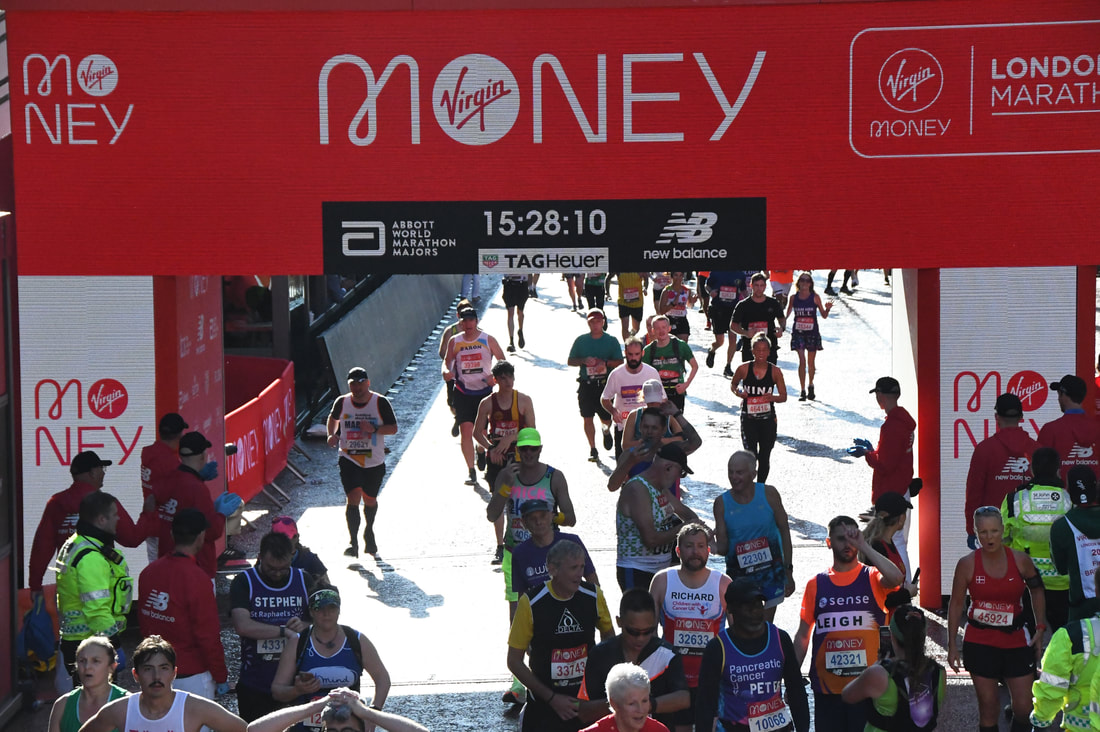
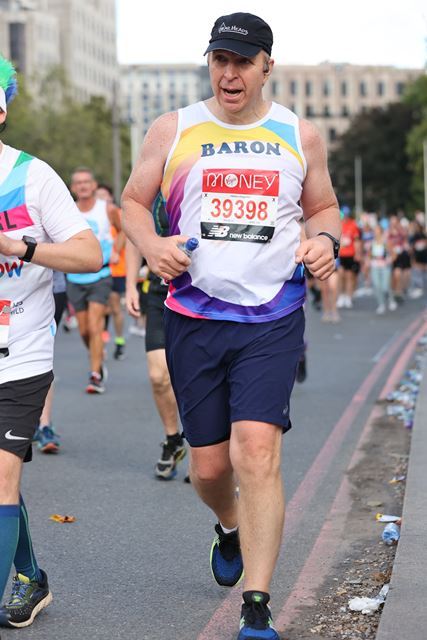
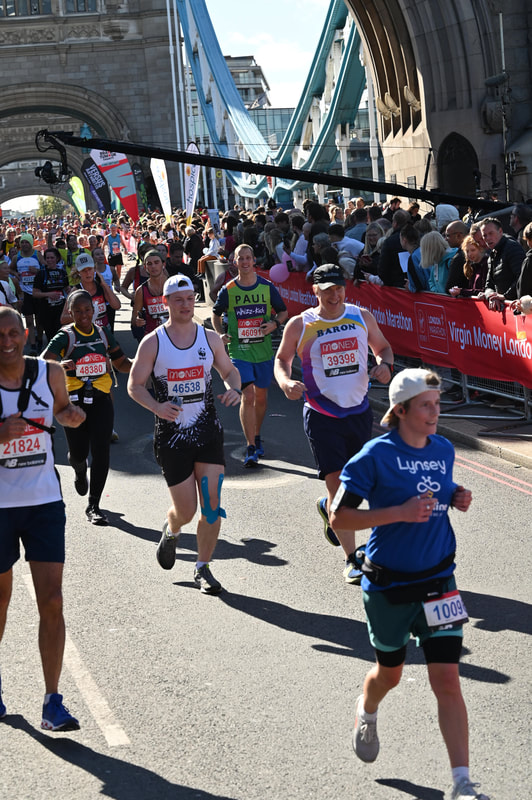

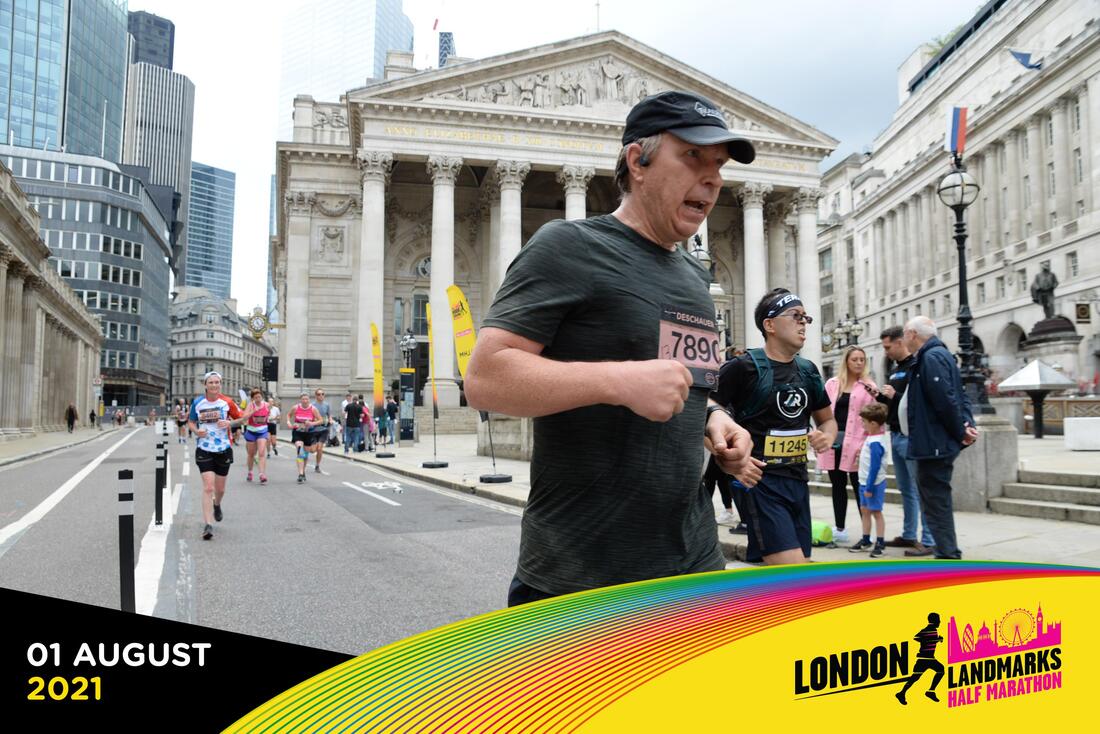
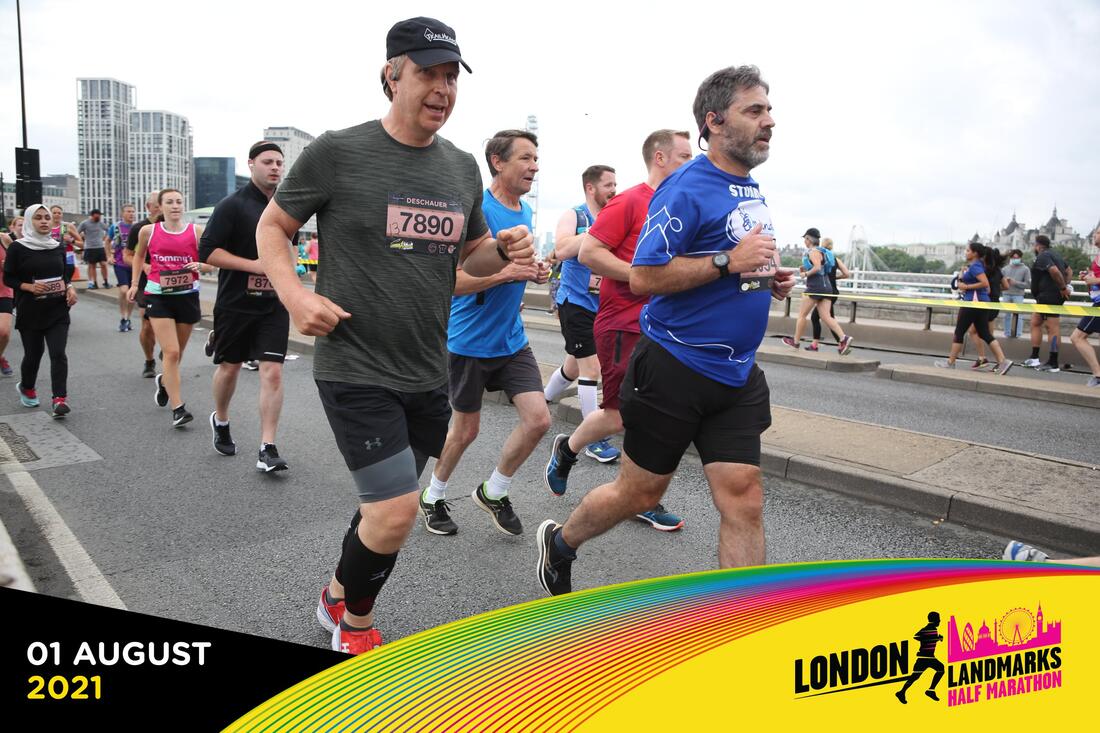
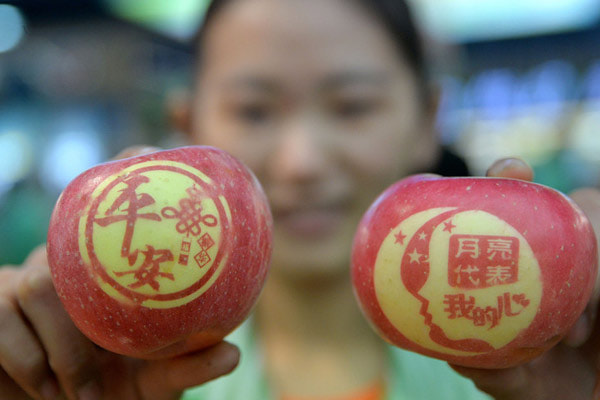
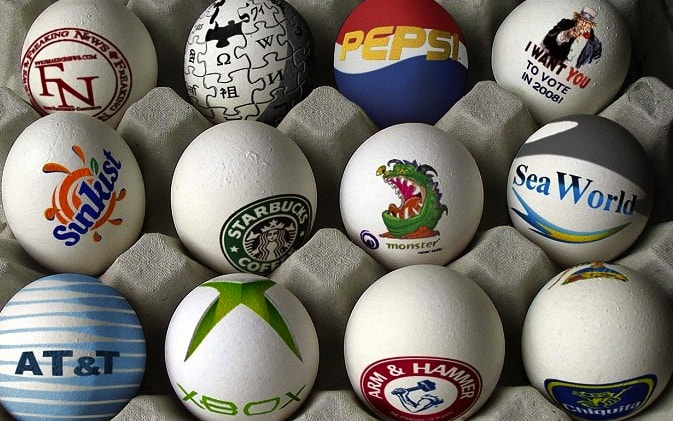



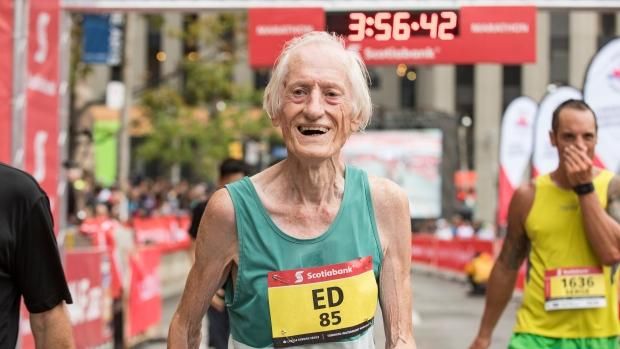
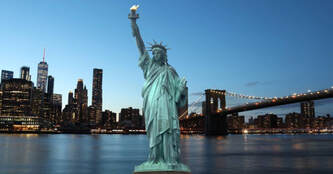

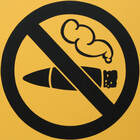
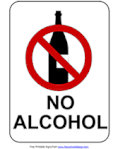
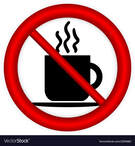
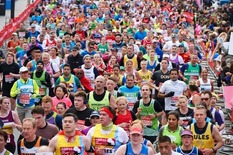
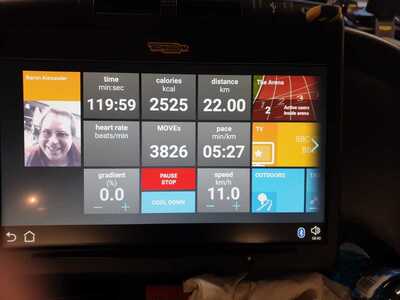
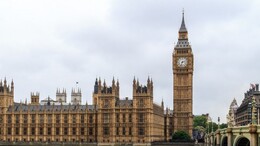
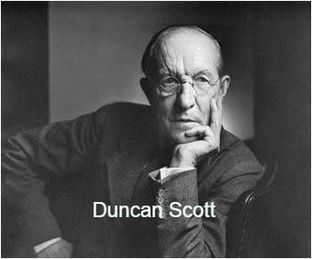
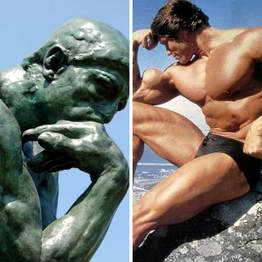
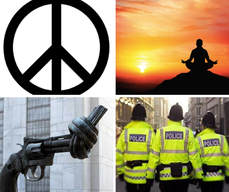


 RSS Feed
RSS Feed
